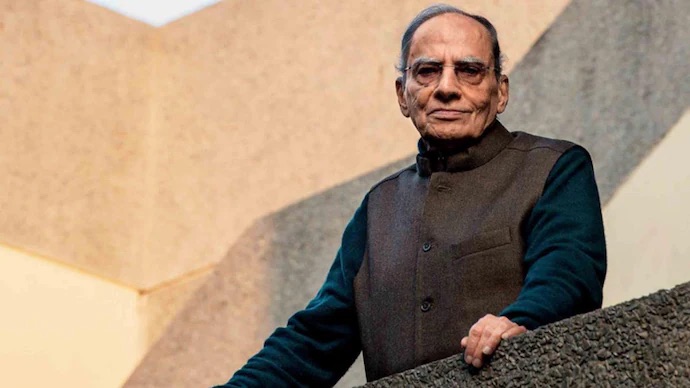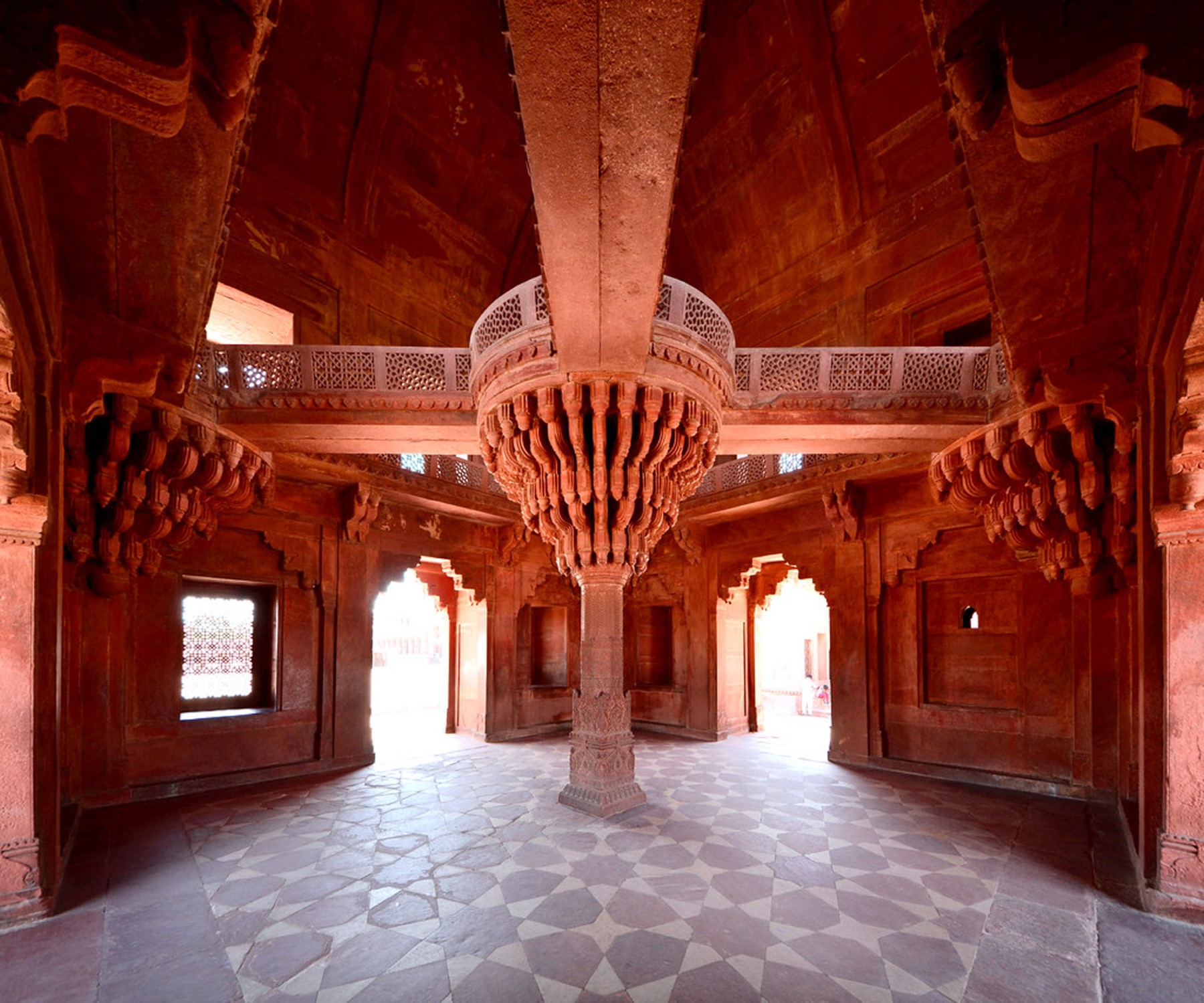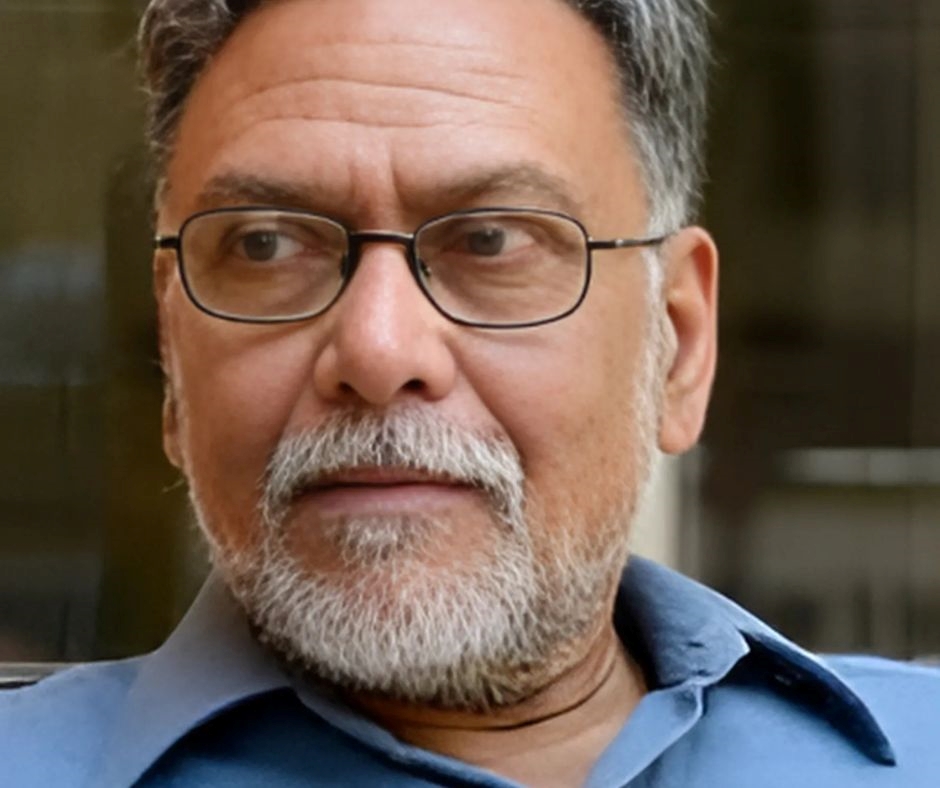Tell us about some important projects that your studio was involved in just before the lockdown.
Just before the lockdown, we had completed one of the most exciting projects in our studio-The BASA community tourism centre in Uttrakhand. This project was just completed and had already led to an upsurge in the region in terms of ecologically sensitive community tourism which was promoted through the efforts of locals. Apart from this, we were also involved in several residential interior and architecture projects in various urban precincts.
Which were the biggest challenges and fears you faced because of the lockdown?
One of the biggest challenges was being unable to travel. With a large amount of our work spread out in Uttrakhand and some other rural places, we were required to continuously follow up on them. We were unable to go to these regions and follow the process of working with locals, which has had an impact on our work in that region. Our hands-on workshops and community participatory projects suffered the most.
Apart from these challenges, we faced difficulty in organising ourselves as an office. Being eight partners, not from the same place, we eventually had to move back to our hometowns. This made our functioning change drastically. However, through the lockdown, we have managed to considerably make improvements in the way we function and work as a team.
What were the challenges you faced with the money flow in your practice and how are you handling them?
The monetary flow was a major fear in the first few months of the lockdown, as the number of enquiries for new projects had considerably reduced. Previously functioning projects were either put on hold or cancelled because of the lack of funds. We were not sure of how we would be able to generate revenue with no inflow of projects. So we started to focus more of our energies on social media and online marketing, trying to expand our reach. This certainly gave us a lot of new insights and has led us to now relook at the way we are putting ourselves out to the larger audience.
How are you strategizing to adapt to the new conditions of work upon resumption of office post the lockdowns?
We have only recently resumed going to the office physically, however, we have retained some of the old practices from the lockdown, especially because not all partners have moved back to Ahmedabad. A few of us are still staying at our origins and looking for a new workaround. Hence we have retained organisational habits of working on slack and having daily morning calls with the entire office.
Were any new methods of work evolved during the lockdown?
In terms of new methods, we have started using slack and zoom calls for co-drawing and discussing projects. This has considerably organised the office well, as we are more focused on the work we set out to do.
How were the coordination issues resolved with the studio staff and on-site team?
With regards to our on-site team, we do visit sites but not as frequently as before. We prepare very meticulous minutes-of-meetings to be followed up and coordinate a lot of the work online and through calls. This has in many ways made our functioning more efficient.
What were the biggest learnings from the pandemic? And which decisions and new work methods you feel your studio will continue with for the future?
As a young practice, the important learning during the pandemic in terms of work is that we understood how we can organise ourselves for more efficiency and also how we can obtain new project commissions in a virtual space.
We feel that we would continue to use platforms like slack and zoom for discussions. We are now gradually starting to engage more with on-site work, as the scare of the pandemic seems to have reduced at this point in time.
Are you involved in any off-studio/allied initiatives such as office collaborations, NGO and social projects, working with authorities, photography, writing, research, conservation, etc.? How were these initiatives influenced by the lockdown, and how are you handling them?
As a studio, we are involved in working on social projects as well as curating talks and a magazine. Our social projects were greatly affected by the lockdown as we were unable to visit sites and work with locals with a hands-on approach, which is generally the way we work in such projects. On the other hand, for our talk series by the name ‘Friday Night Conversations’ and our new magazine ‘Unmute’, we decided to conduct the discussions on zoom. We also curated the magazine with articles collected from different professionals. The methods we adopted here, worked very well, we were able to have discussions with people across the globe and got a large amount of participation for the same. We released the first edition of our magazine during the lockdown and it is now being distributed in print and digital formats.
The lockdown gave us the mental space to put more time and effort into kickstarting “Unmute”, a triannual magazine, which has long been in our pipeline since it’s conception.
About your practice:
Please let us know about the founding year, principals, team and studio.
Our practise was founded in mid-2017. We are a collaborative practice with eight principal architects namely – Monik Shah, Krishna Parikh, Aman Amin, Nishita Parmar, Vedanti Agarwal, Kishan Shah, Manuni Patel and Prasik Chaudhari. We continued into practice after studying together at CEPT University. As a team, we cover a large range of projects owing to our diverse specialisations and interests – ranging from furniture and interior design to problem-based urban solutions. Our studio was first set up in Ahmedabad and now also in Mumbai. Our studio is a small and cosy space, just enough to accommodate all of us.
What are some of the processes and work methods unique to your practice?
Our design process intrinsically revolves around the client or user and innate stories hidden in the brief. We work with a bottom-up approach of understanding the context and proposing the design accordingly. The design is borne out of the back and forth between design details, construction and client inputs. A unique aspect of our working method is the fact that we work as a large bunch constantly discussing each project from the different lenses that each one of us brings to the table. Our weekly discussion sessions make sure that each project is a rich mix of what it deserves to be, and not driven by one style.







